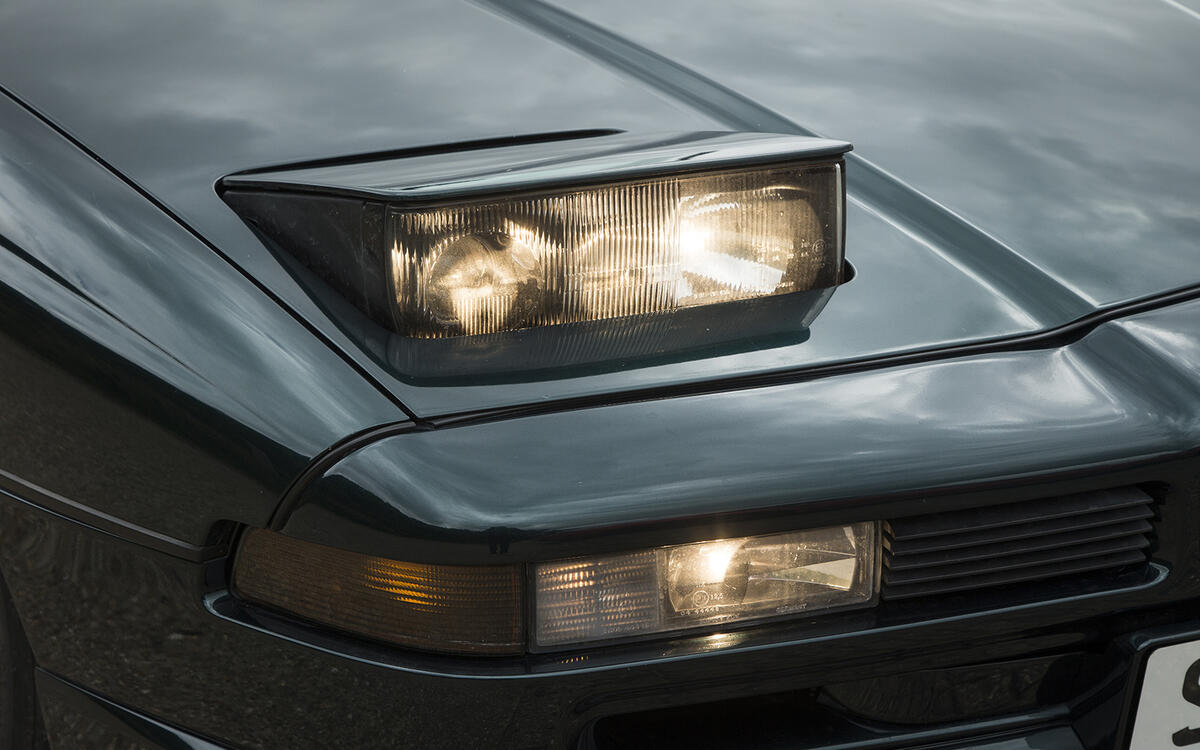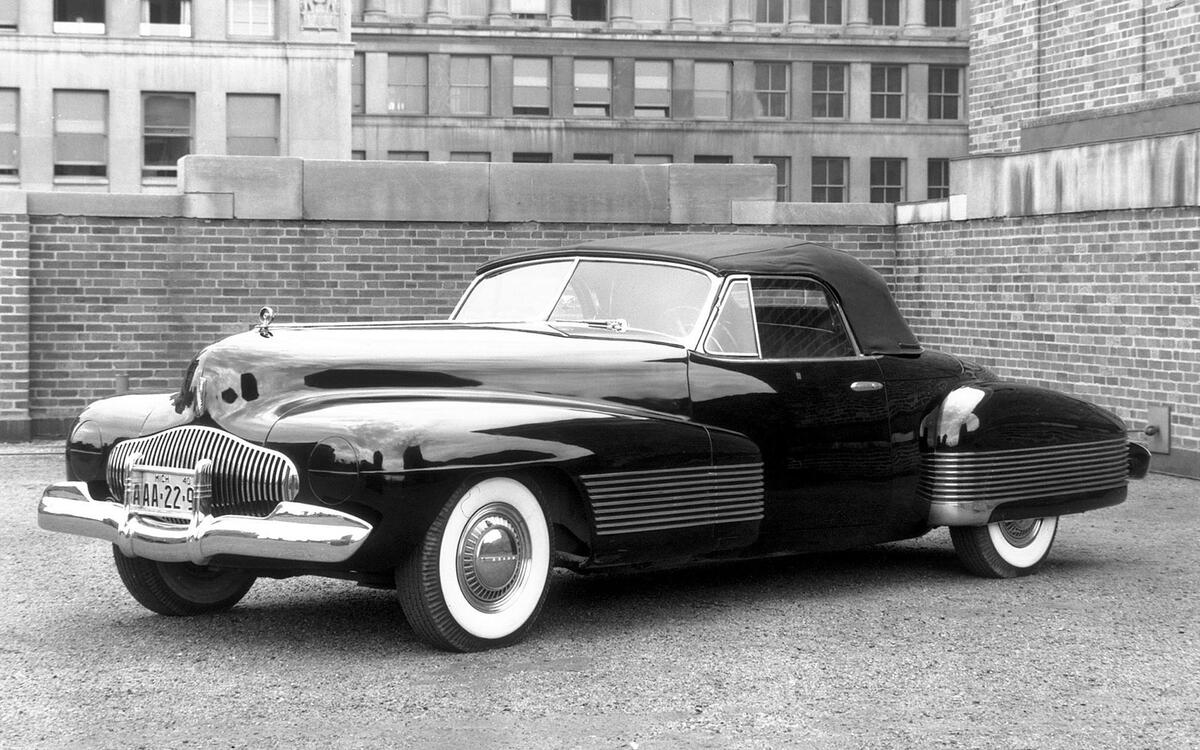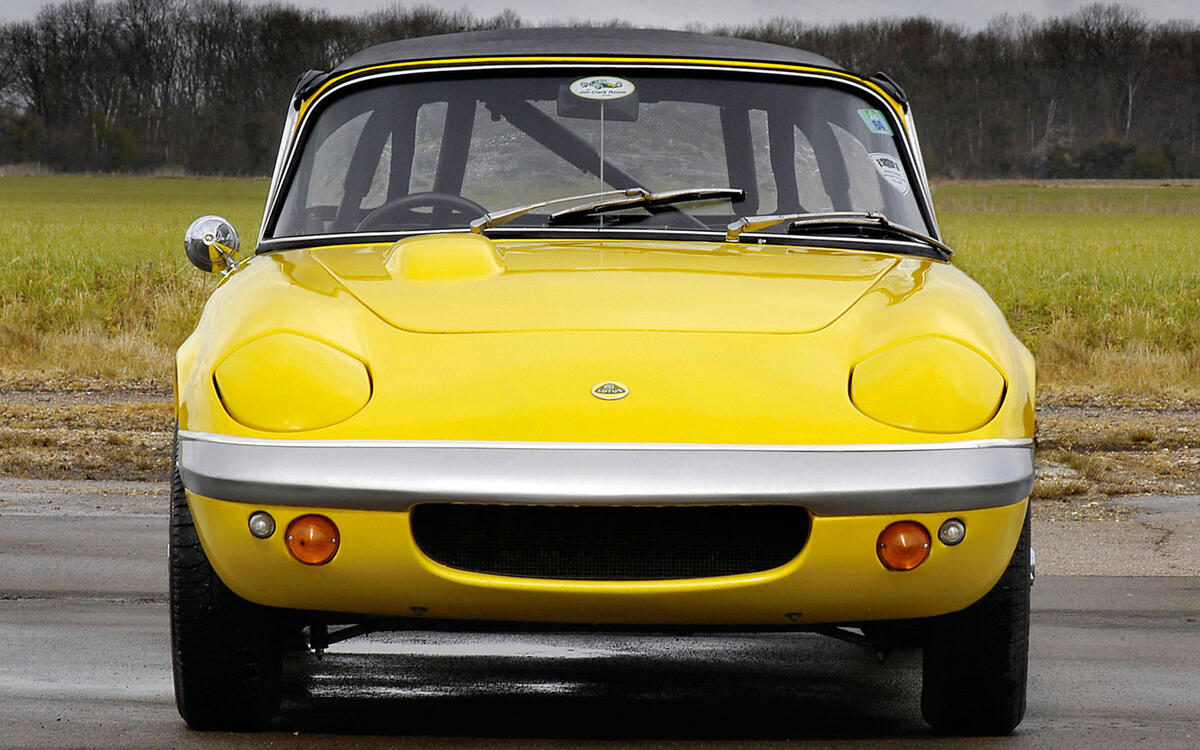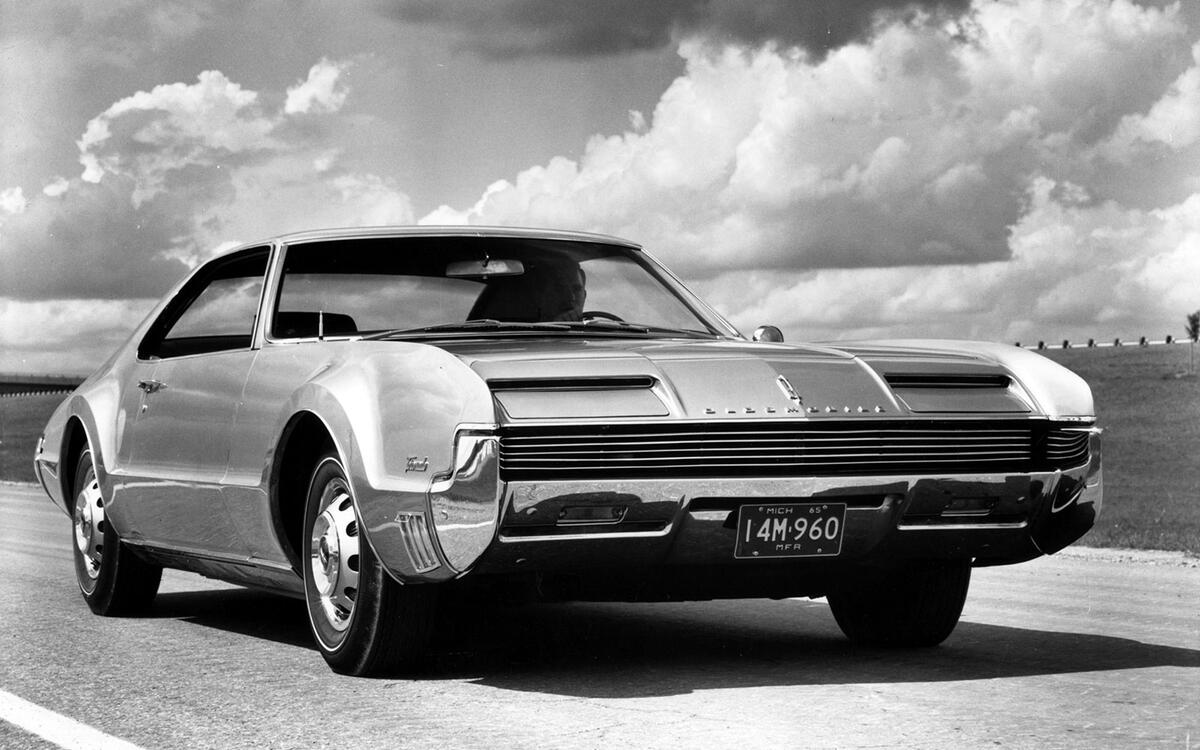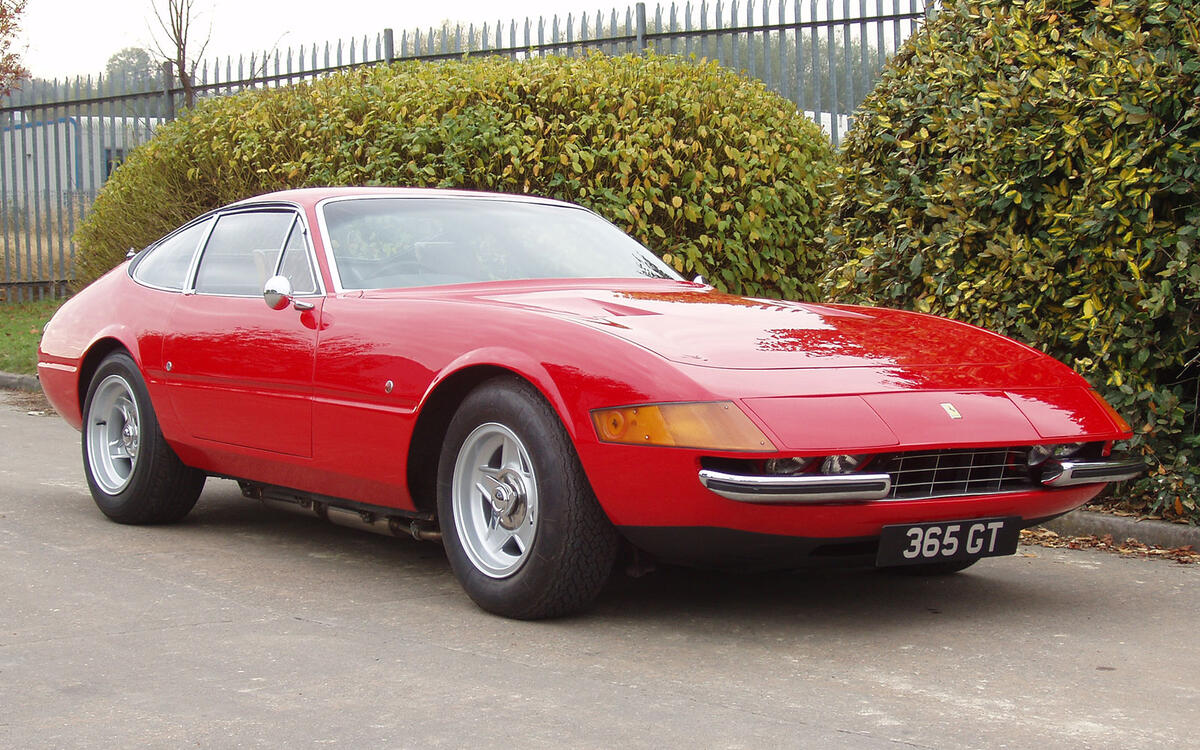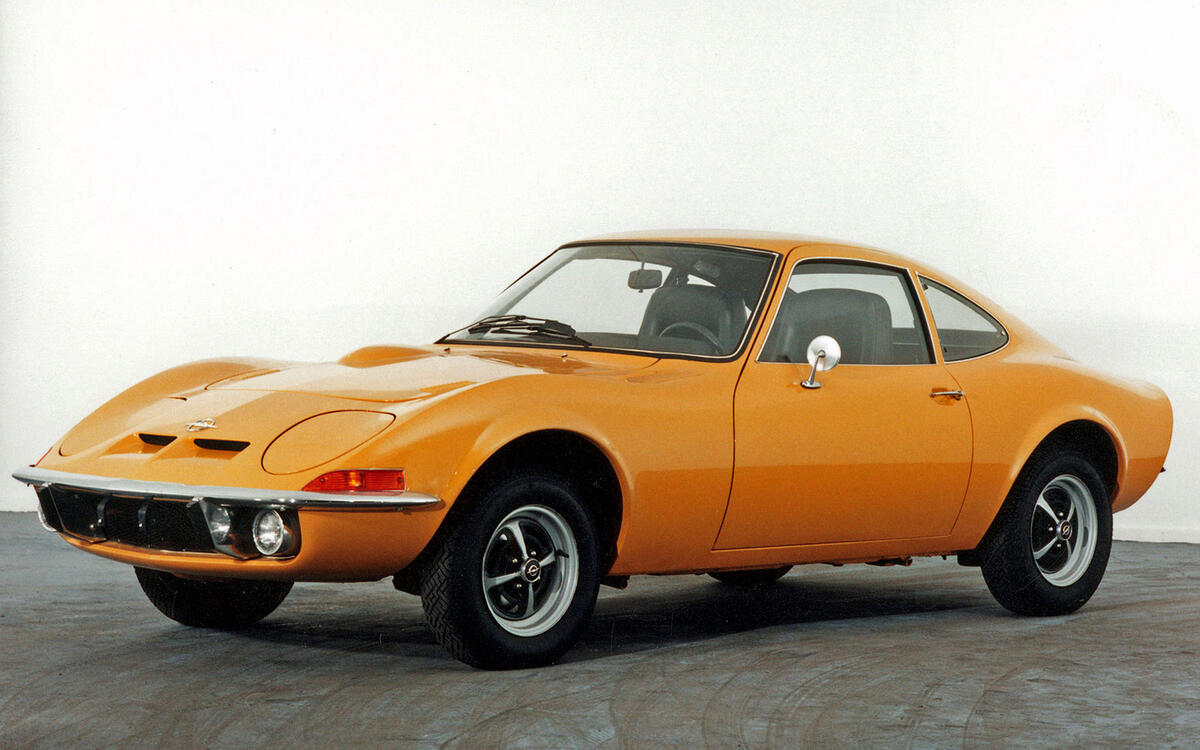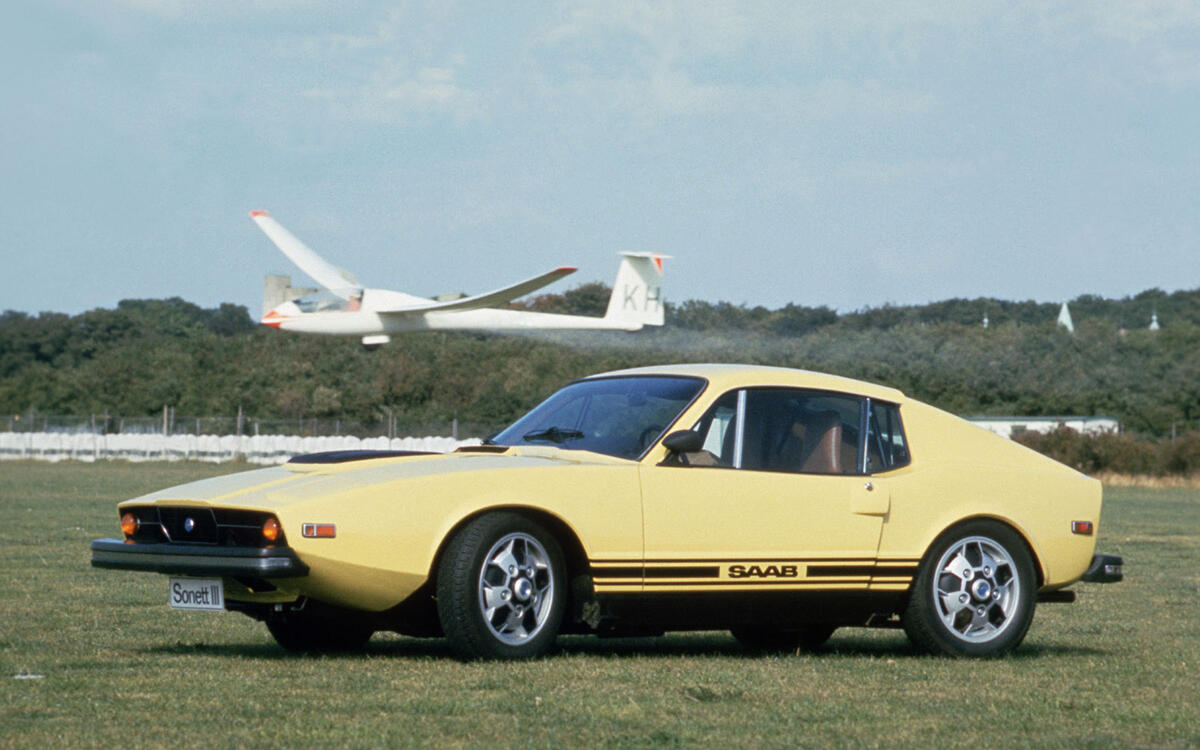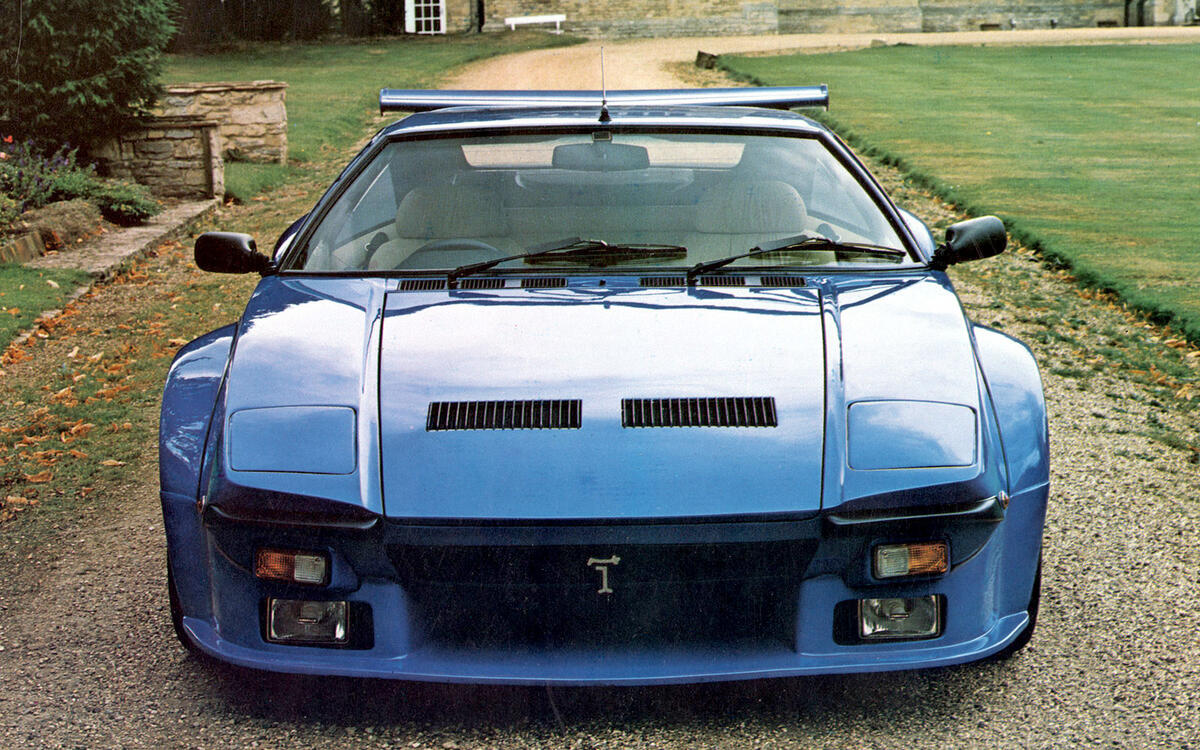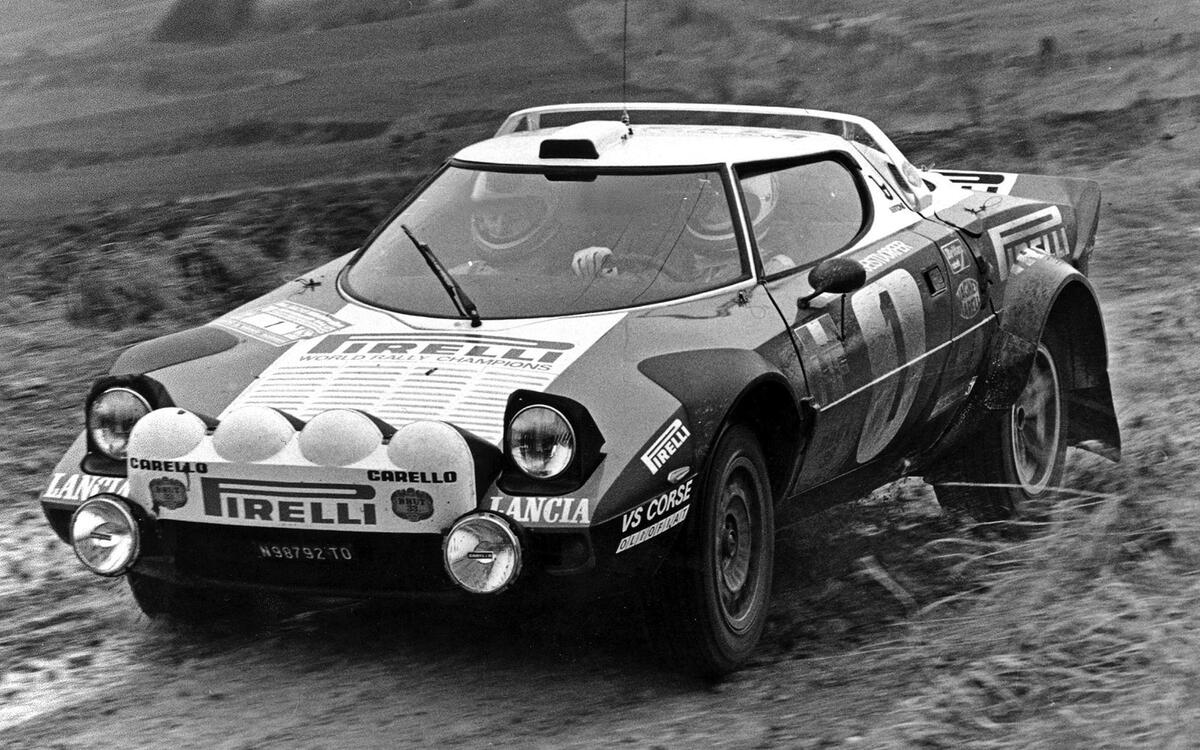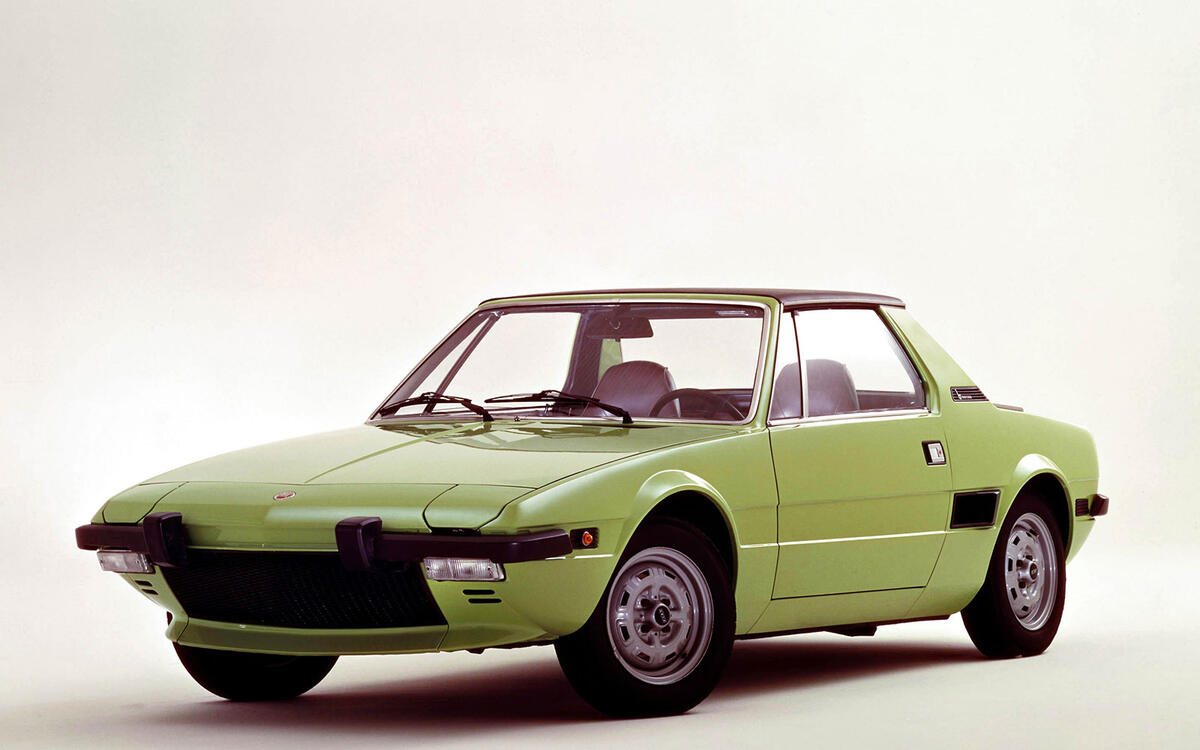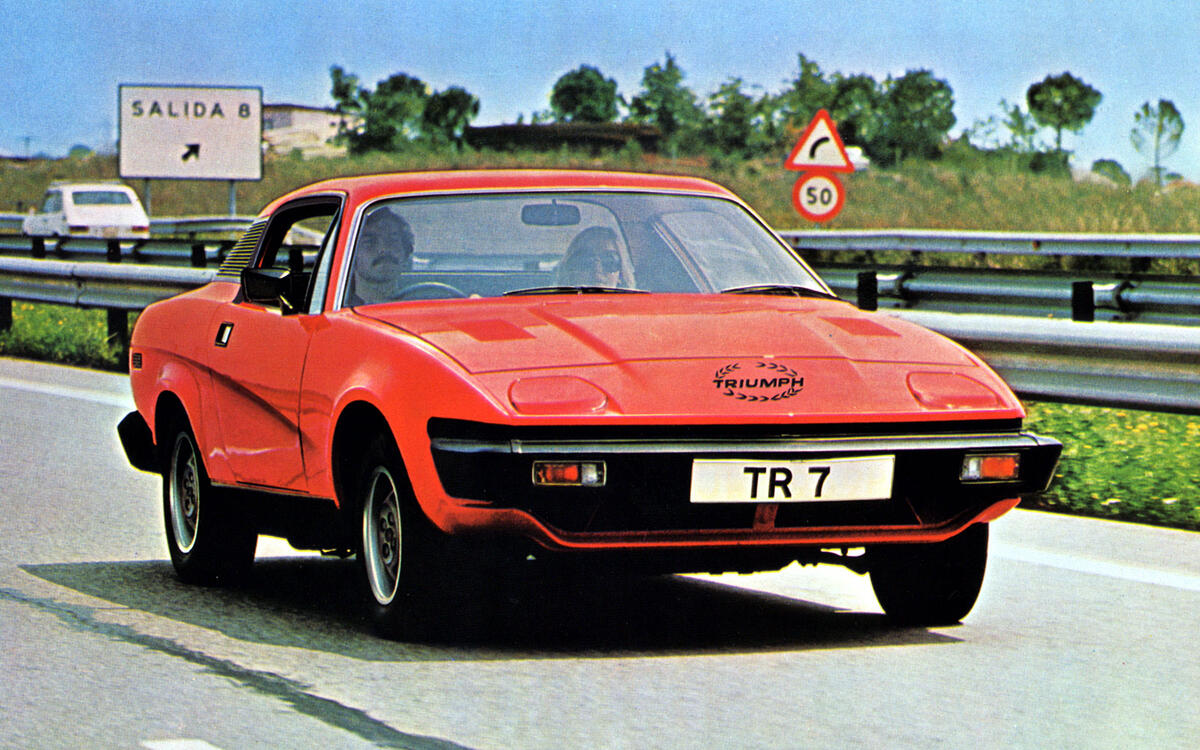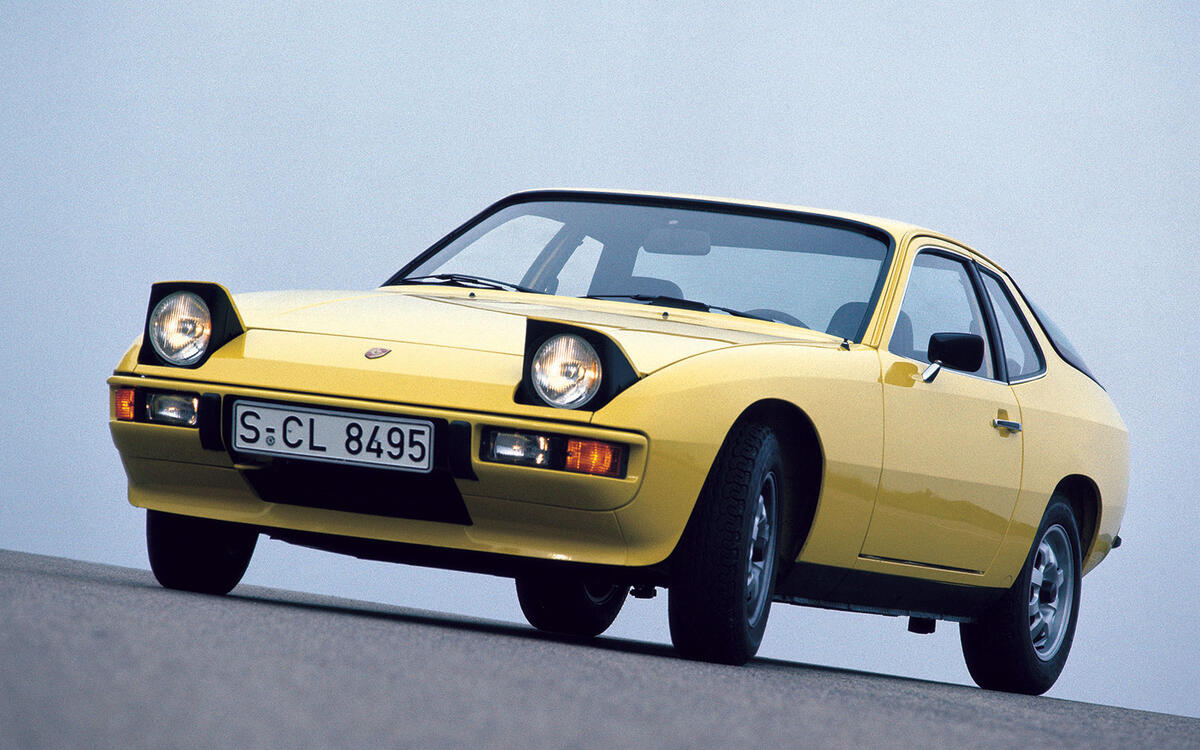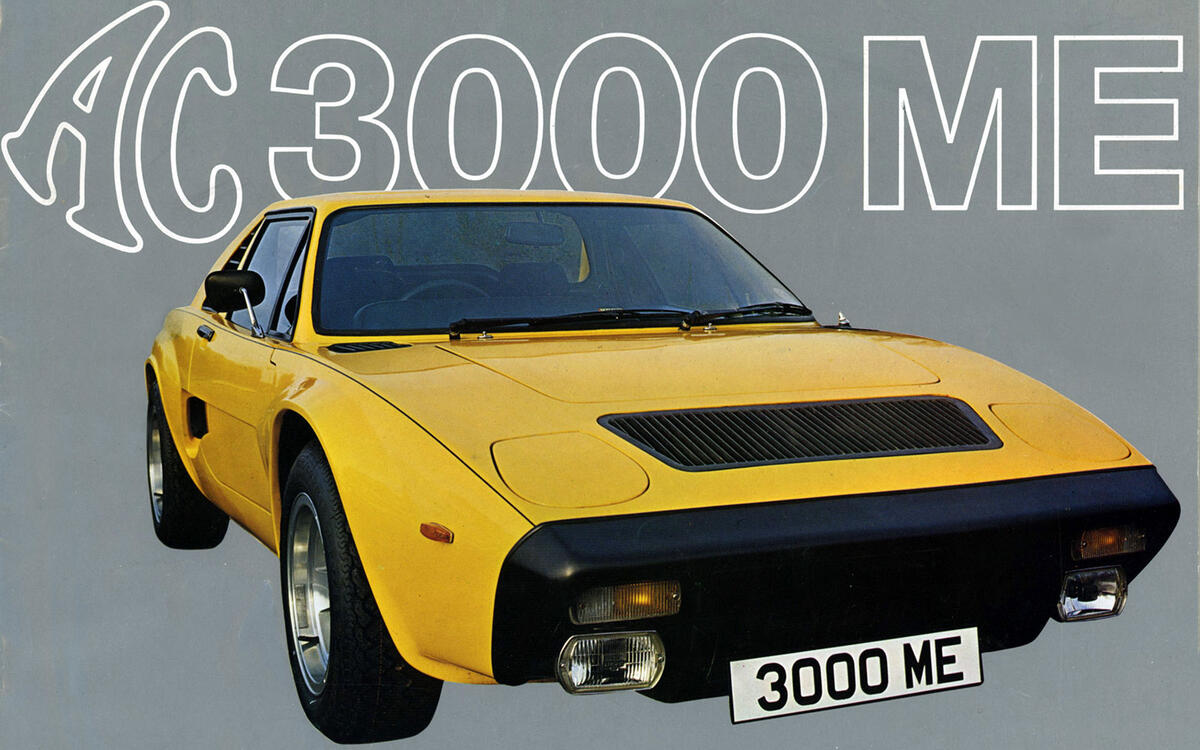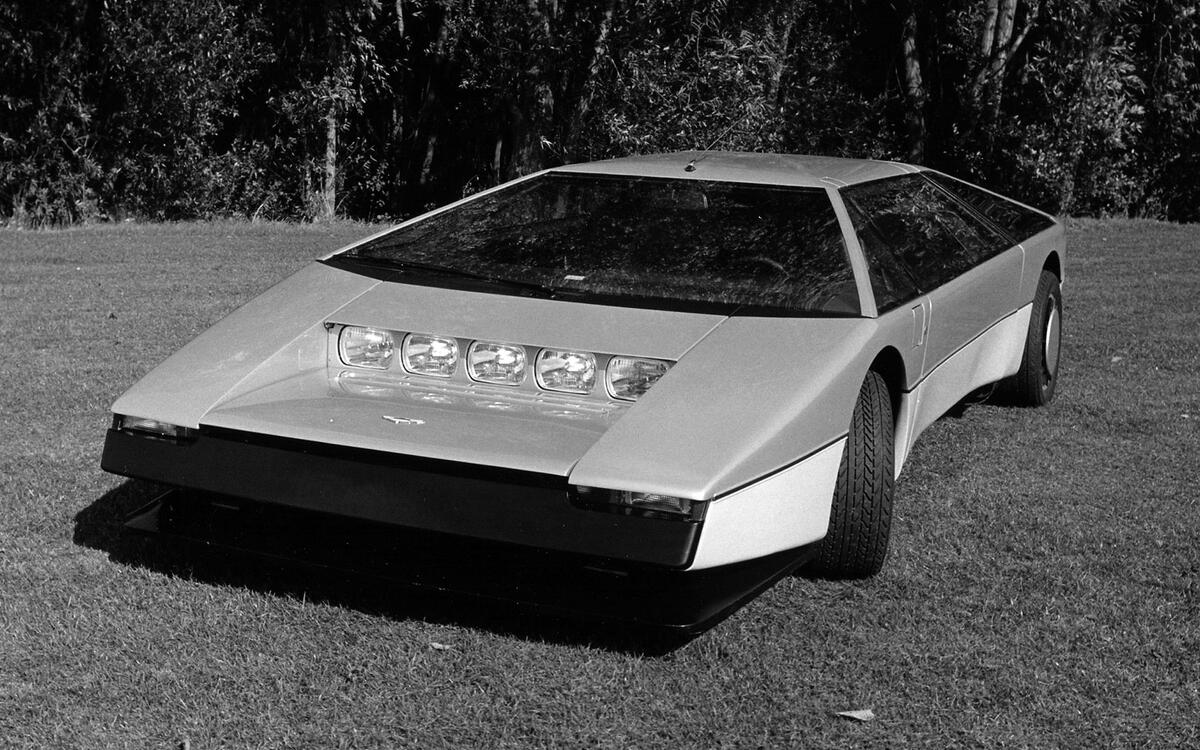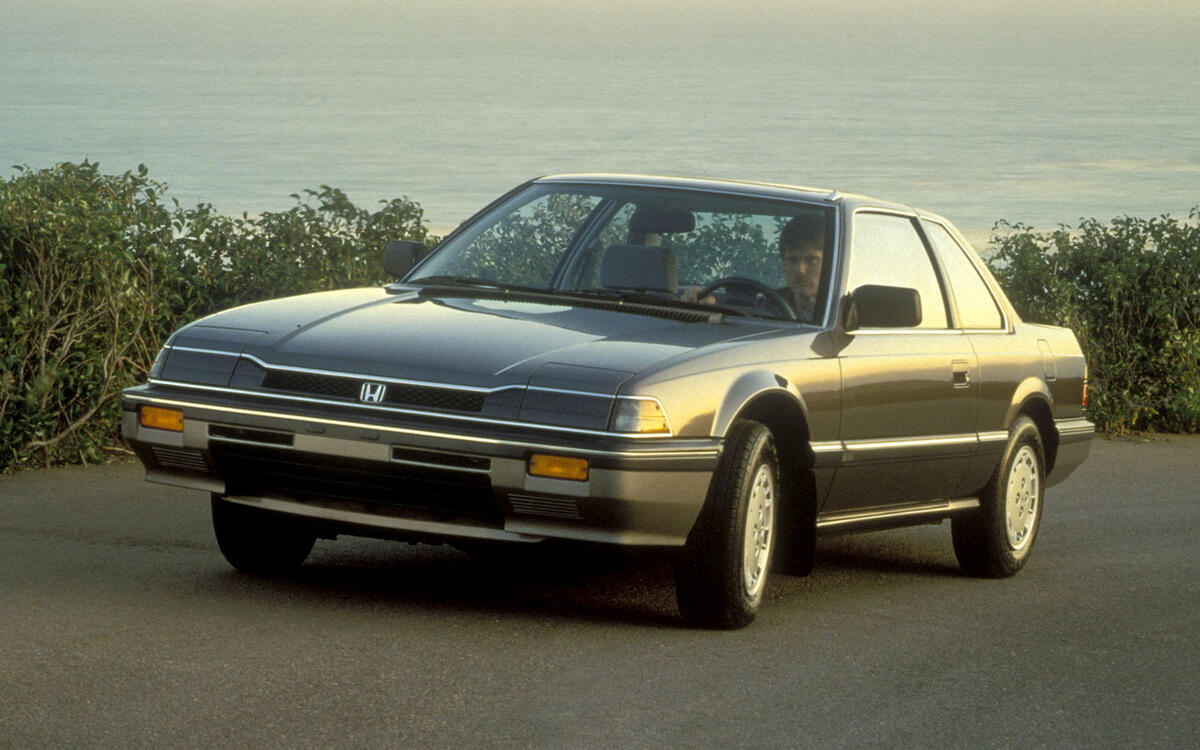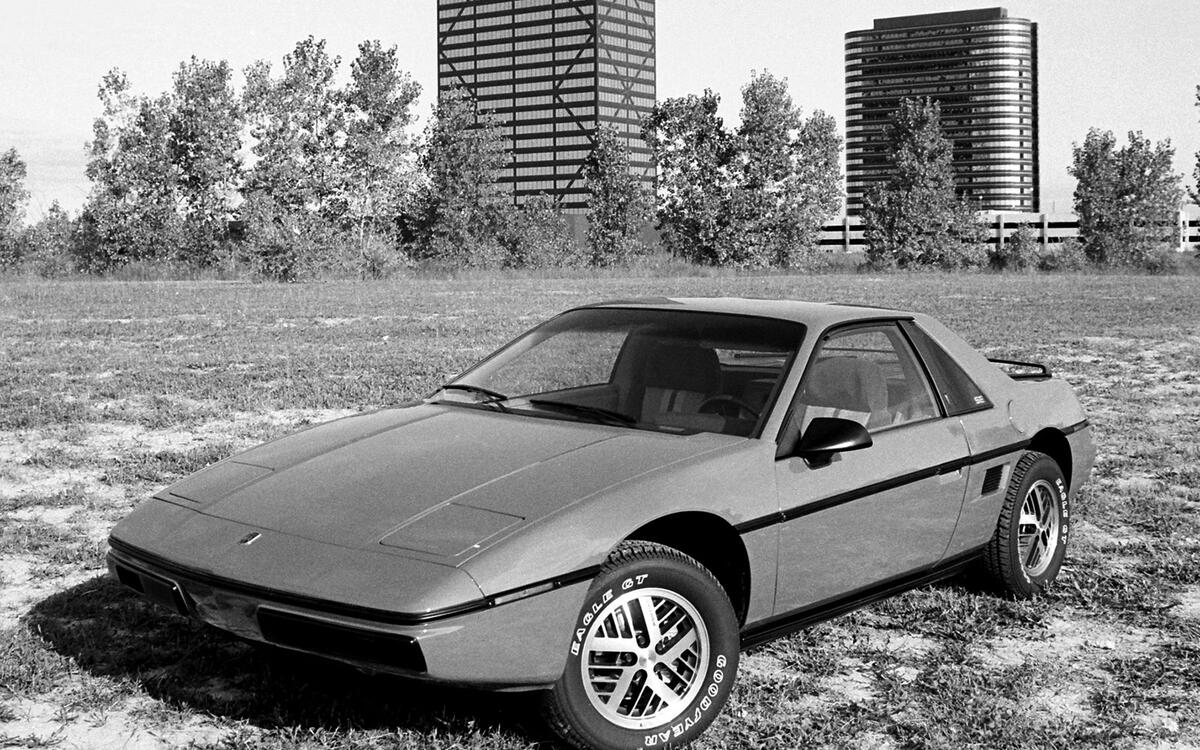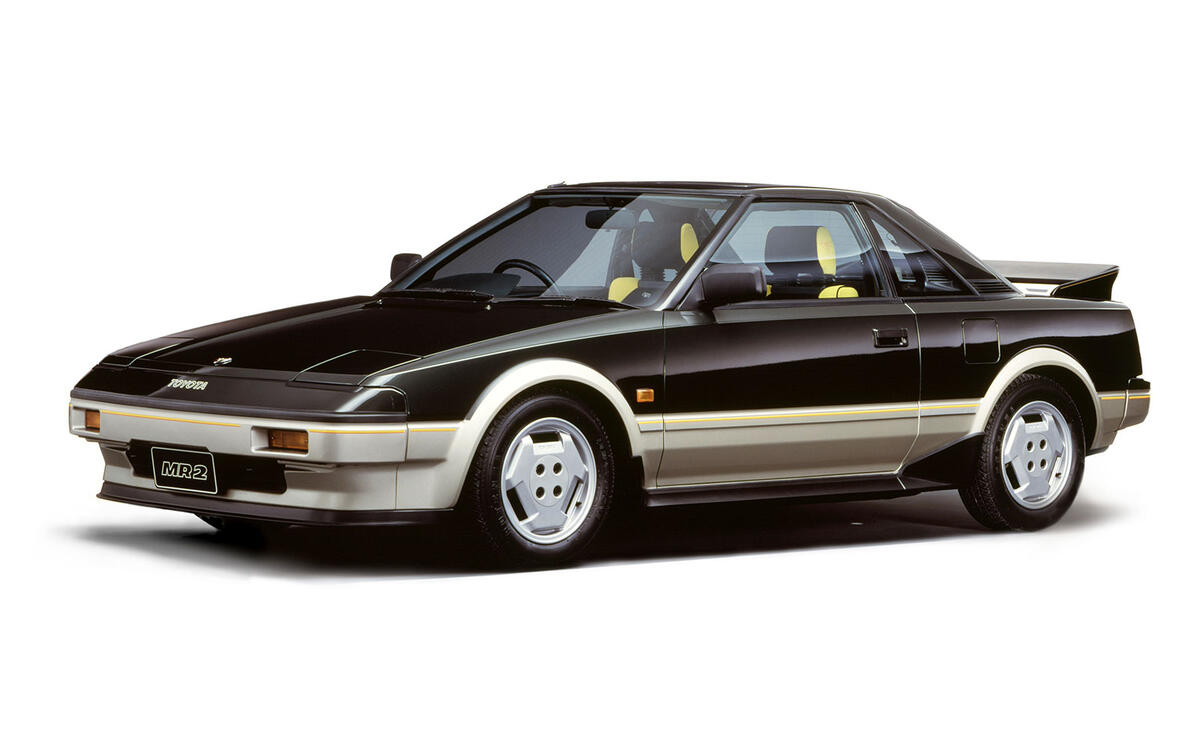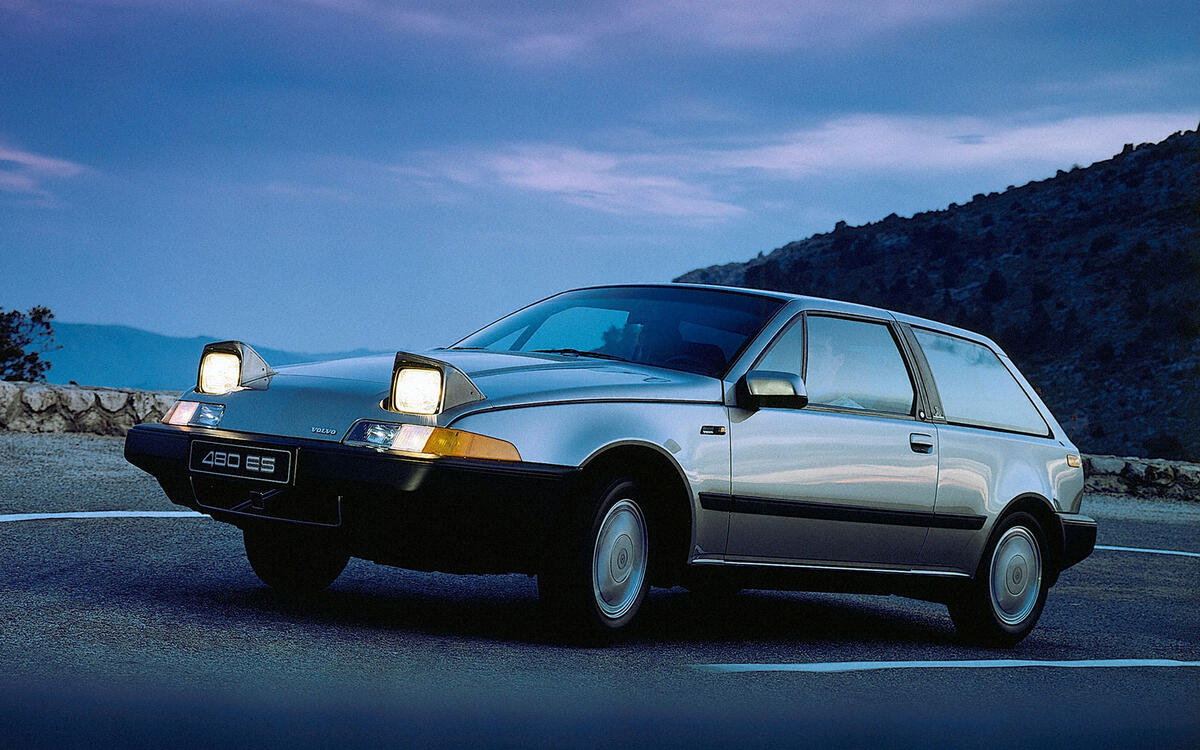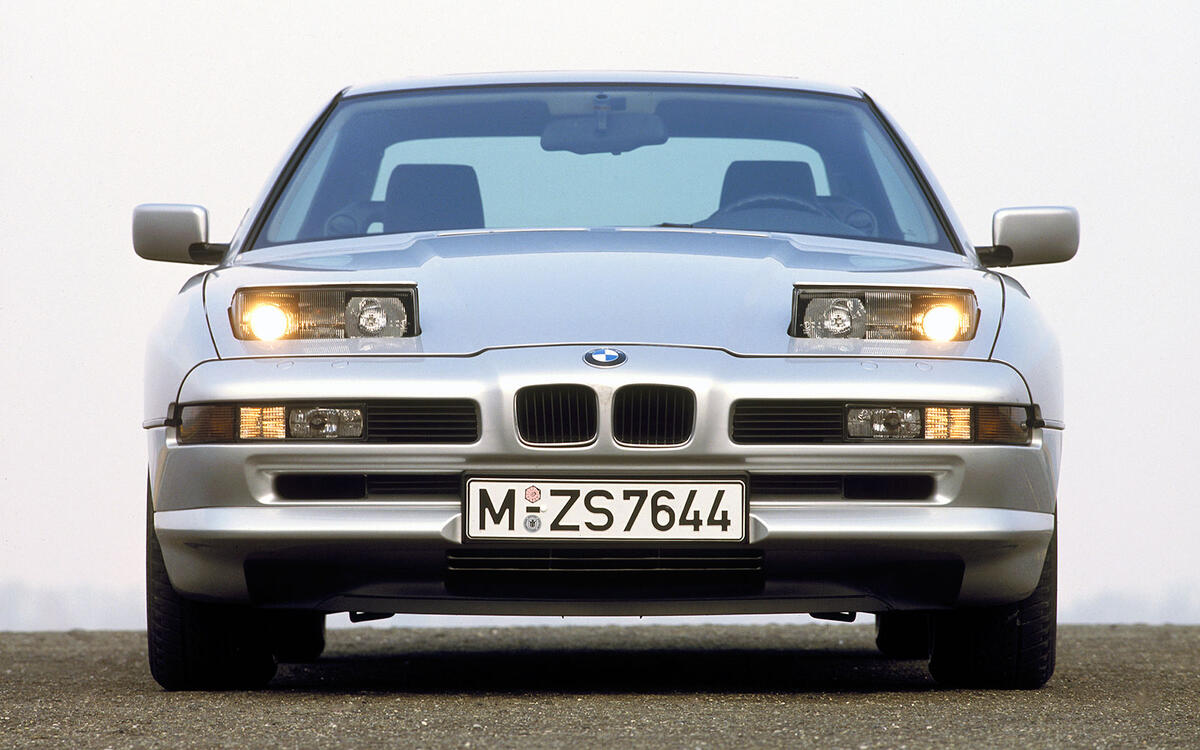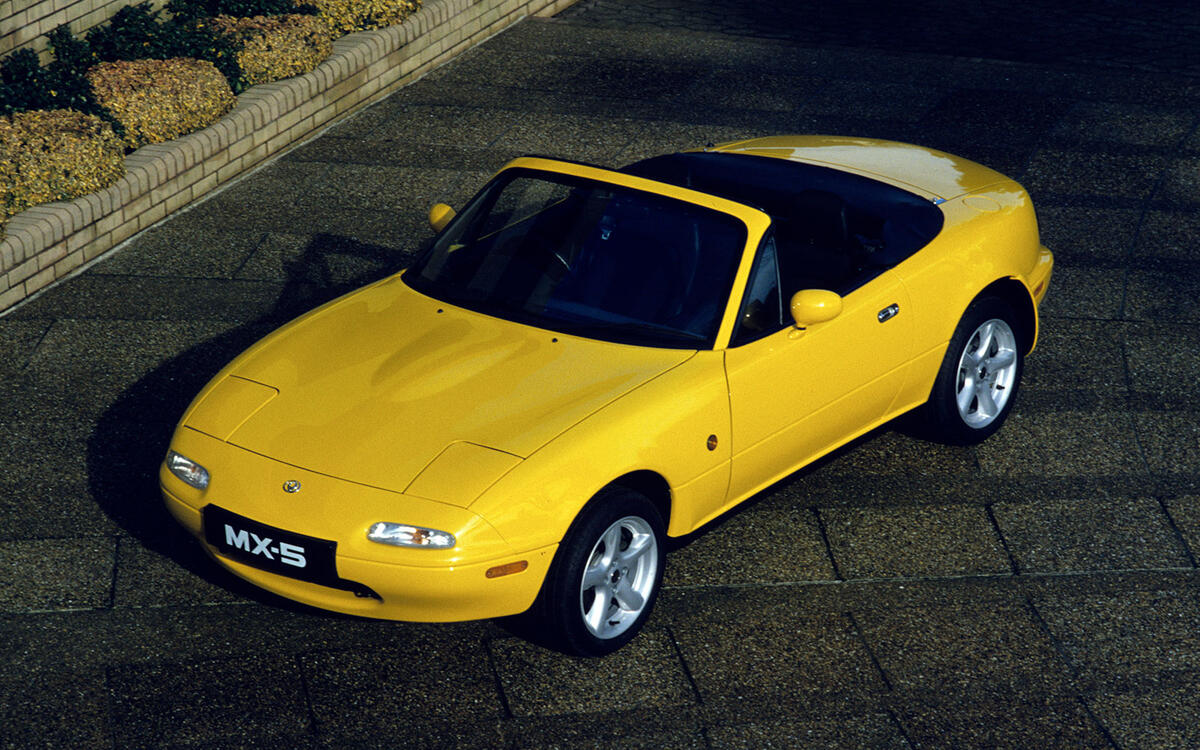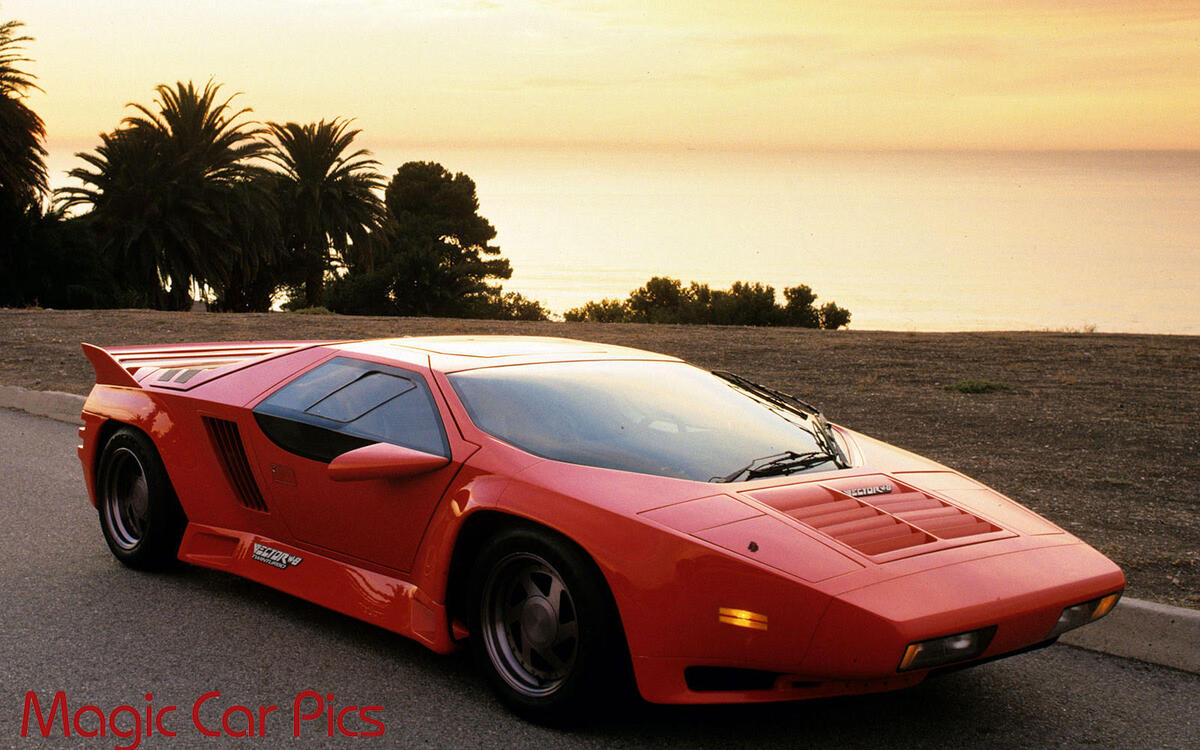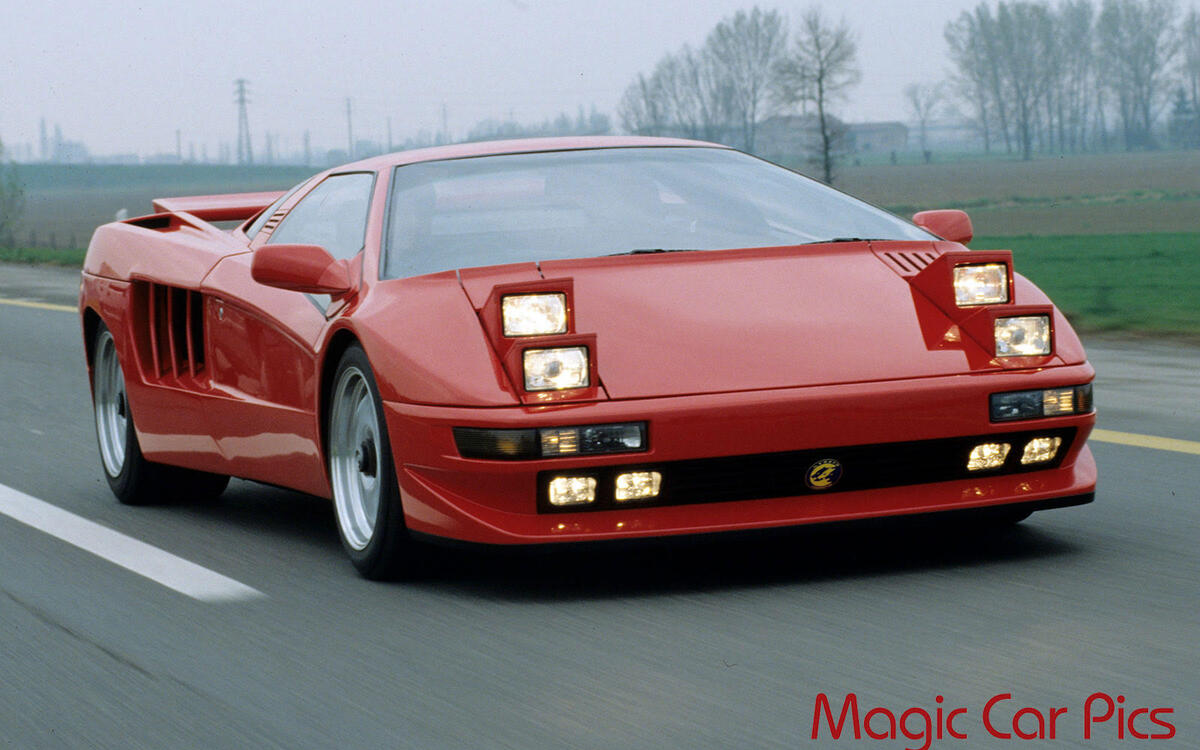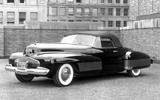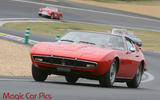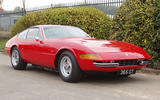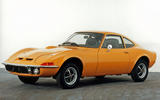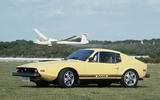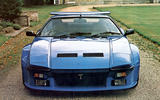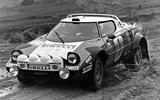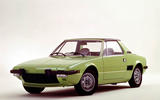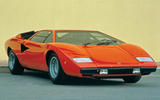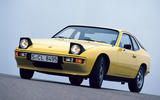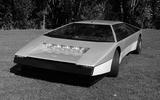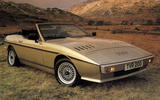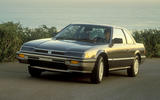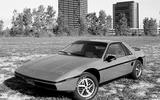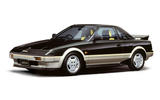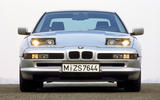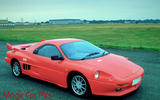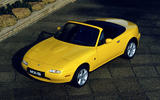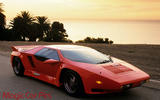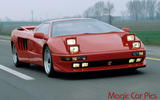 Slide of
Slide of
Cord, the short-lived luxury American car maker, caused quite the stir when it unveiled its 810 at the 1935 New York Auto Show. Nobody, not even the film stars who typically bought Cords, had seen pop-up headlights before.
The 810 would later be honoured at the Museum of Modern Art in New York as ‘an outstanding American contribution to automobile design’. Pop up headlights were indeed as important as Pop art.
But it would take 30 years for this particular type of daring design to be made available for general public consumption.
At first it was thoroughbreds from Ferrari and Lotus, but eventually regular car makers such as Triumph and Mazda would adopt the design.
By 2004 the last cars with pop-up lights were made: the Lotus Esprit V8 and Corvette C5. Pedestrian safety regulations on both sides of the Atlantic killed them off and they weren't great for aerodynamics either.
Here we revisit 25 of the greatest car designs to feature concealed headlights; most pop up but there are a few variations on the theme. We've restricted ourselves to one car per manufacturer to mix things up a bit
 Slide of
Slide of
Buick Y-Job (1938)
The Y-Job is generally reckoned to be the first true concept car even though the Volvo sponsored Venus Bilo predated it by five years. The Swede didn't get pop-up headlights though – which was just one of the many forward-looking features of this Harley-Earl-designed dream car.
 Slide of
Slide of
Lotus Elan (1962)
The first mainstream production car to feature pop-up lights after the Cord of more than a quarter of a century earlier, the Elan was a landmark car because of its incredible dynamics thanks to its zesty engines, minimal kerb weight, all-independent suspension and disc brakes all round.
 Slide of
Slide of
Maserati Ghibli (1966)
Launched in the same year that the production Lamborghini Miura was shown, the Ghibli was the first in a succession of Maseratis with pop-up lights; the Bora, Merak, Khamsin and Indy would all follow. Designed by a young Giorgetto Giugiaro in his time at Ghia, the Ghibli came in coupé and spyder editions, powered by either a 4.7 or 4.9-litre V8.
 Slide of
Slide of
Oldsmobile Toronado (1966)
The Oldsmobile Toronado was notable for a whole raft of reasons, not least the fact that it packed a 385bhp V8, yet the power went to the front wheels – in an age when all of its successors were resolutely rear-wheel drive. The 7.0-litre V8 also produced 475lb ft of torque, transmitted through the wheels that also had to do the steering. The handling was predictably problematic but at least the front-end design was neat with those concealed headlights.
 Slide of
Slide of
Ferrari 365 GTB/4 (1968)
Ferrari isn't often early to the party, but when it came to pop-up headlights it created an all-time great with the Daytona and would go on to adopt them for all of its cars (apart from the Dino 206 and 246) until the arrival of the 550M in 1996.
 Slide of
Slide of
Opel GT (1968)
Operated manually via a lever, the GT's headlights swivelled into place rather than popping up. Made in left-hand drive form only, for sale in Europe, the GT came with 1.1 or 1.9-litre engines. More than 100,000 were sold including some with Buick badges, for the North American market.
 Slide of
Slide of
Saab Sonett III (1970)
There were three generations of Saab Sonett, but just six examples of the first edition were built. An all-new design was introduced in 1966 which proved more successful, but it wasn't until the third take that Saab really hit its stride with more than 8000 examples sold. This final version was the only production Saab to feature pop-up headlights.
 Slide of
Slide of
De Tomaso Pantera (1971)
Designed by Tom Tjaarda during his time at Ghia, the De Tomaso Pantera was theoretically the perfect supercar. Underneath that sleek bodywork was an unstressed push-rod V8 that was cheap to maintain yet it provided mountains of torque. Between 1971 and 1992 more than 7000 Panteras were made, making it by far De Tomaso's most successful model.
 Slide of
Slide of
Lancia Stratos (1972)
First shown at the 1971 Turin salon in prototype form, the Stratos was the first Lancia to be designed by Bertone. Power was courtesy of a Ferrari Dino-sourced 2.4-litre V6 while the plastic body was draped over a steel spaceframe. The car proved unbeatable in rallying, the Stratos notching up victories in the 1974, 1975 and 1976 World Rally Championships.
 Slide of
Slide of
Fiat X1/9 (1973)
At a time when the British were producing the front-engined MGB and Triumph Spitfire, Fiat's take on the affordable sports car theme was refreshingly different. Not only was the engine in the middle but the sleek design was topped off with flip-up headlights. Over a 17-year production span more than 150,000 X1/9s were built, later models being sold in the US wearing Bertone badges.
 Slide of
Slide of
Lamborghini Countach (1974)
Whereas the Miura's headlights flipped forwards the Countach's popped up and it was partly because of this styling cue that the most brutally designed supercar ever made looked so incredible. The Diablo that followed was also equipped with pop-up lights at first, although these were later swapped for faired-in units for improved aerodynamics.
 Slide of
Slide of
Triumph TR7 (1975)
Until the TR7, Triumph TRs were hairy-chested sportscars with straightforward lines and torquey engines; the TR6 that came before featured a 2.5-litre straight-six. So the Harris Mann-designed TR7 came as rather a shock with its wedge shape, 2.0-litre four-pot and at first it came in fixed-head form only. It wouldn't be until almost the end of production that a convertible was introduced. A V8-powered TR8 emerged in 1978, mainly built for the North American markets.
 Slide of
Slide of
Porsche 924 (1975)
Porsche's first car with pop-up headlights was the 914, introduced in 1969. Seen by many as a niche sportster, almost 120,000 examples of the 914 were made before the 924 took over – and in a much longer production run only 150,000 or so were sold. Conceived as a joint venture between Volkswagen and Porsche, the former got cold feet by the time the car was unveiled, leaving the latter to go it alone.
 Slide of
Slide of
AC 3000ME (1979)
Unveiled as the Diabolo at the 1973 London motor show, and originally featuring an Austin Maxi engine, it would be another six years before this plastic sportster with Ford Essex V6 power was ready for delivery. By this point the car was hopelessly outdated and just 71 were made before the project was sold on and another 30 cars were built in Scotland, before time was called on the project for good.
 Slide of
Slide of
Aston Martin Bulldog (1980)
As the picture shows, the Bulldog's lights didn't pop up; instead the panel in front of them dropped down to reveal five lights in a row. Lagonda designer William Towns was let loose to create what was planned to be the world's fastest car, powered by a twin-turbo version of Aston's legendary 5.3-litre V8. The plan was to build several but in the end just the one was made. Now coloured green, it put in an appearance at the 2009 Goodwood Festival of Speed event.
 Slide of
Slide of
TVR Tasmin (1980)
After years of building curvy, fast and affordable lightweight sports cars TVR decided to get all wedgy just as the 1970s was becoming the 1980s. It was a new era for the Blackpool-based company and at the time the Tasmin offered massive performance for the cash - especially in V8-powered form. For years the Wedge was seen as something of an embarrassment but now it's coming in from the cold.
 Slide of
Slide of
Honda Prelude (1983)
Honda's entry here could have been the NSX but that would have been too predictable, so here's one they made earlier. There were five generations of Prelude, but only two of them were fitted with pop-up headlights. After the conservatively designed first generation, the second take got flip-up lights for a much sleeker look – but when in use the lights wrecked the aerodynamics.
 Slide of
Slide of
Pontiac Fiero (1983)
Arriving just ahead of the Toyota MR2, the Fiero was intended to fill the same gap in the market. Designed as an affordable two-seater sports car, the Fiero was the first mainstream mid-engined production car to come out of the US. Despite a reputation for poor reliability, lacklustre performance and iffy safety credentials more than 370,000 Fieros were built in five years.
 Slide of
Slide of
Toyota MR2 (1984)
We got two generations of MR2 with hidden headlights before the third generation appeared with everything on show. Toyota made a big deal of the fact that the MR2 was mid-engined - it was the first production car to come out of Japan with such a configuration. Later we'd get the Honda NSX, S660 and Beat, but even now there have been very few mid-engined Japanese sports cars.
 Slide of
Slide of
Volvo 480ES (1986)
The first Volvo to feature front-wheel drive, it was also the Swedish company's first (and last) model with pop-up headlights. Produced in Holland and sharing the mechanicals of the utterly forgettable 440 and 460, the 480 featured Renault 1.7 or 2.0-litre engines, the former coming in Turbo form. A prototype convertible was unveiled in 1990 but sadly the project came to nothing.
 Slide of
Slide of
BMW 8-Series (1989)
A luxurious grand tourer powered by either V8 or V12 engines, the E31 8-Series is starting to become highly collectible. Fast, expensive, refined and luxurious, the 8-Series was only the second production car from BMW to feature pop-up headlights; the first was the limited-production M1. Although production ran from 1990 until 1999, little more than 30,000 8-Series were sold.
 Slide of
Slide of
Panther Solo (1989)
It was initially intended to be an affordable mid-engined sports car with a 1.6-litre Ford Fiesta XR2 engine – then Toyota unveiled the MR2, forcing Panther to rethink. The result was a much more expensive car with Cosworth 2.0-litre turbo power and four-wheel drive. The Solo bombed; the MR2 didn't.
 Slide of
Slide of
Mazda MX-5 (1989)
Inspired by the original Lotus Elan, the MX-5 is still going strong after almost 30 years, without the pop-up headlights of course. When it arrived in 1989 the MX-5 put the cat among the pigeons because here was an affordable sports car that was fabulous to drive, looked brilliant and was utterly reliable. Although time has proved that MX-5s aren't great at resisting rot.
 Slide of
Slide of
Vector W8 (1989)
The Vector story is more than worthy of a film, so many and varied are the plot twists and turns. Formed in 1978 by Gerry Wiegert, Vector Aeromotive's first product was the W2 but it wouldn't enter production until 1989, as the W8. Just a handful were built before the company was taken over by Lamborghini owner Megatech which then created the V12-powered M12.
Again just a few were made and after several more name changes the Vector company was back in the hands of Gerry Wiegert, who still runs it.
 Slide of
Slide of
Cizeta V16T (1991)
Conceived in the late 1980s when there was plenty of money around and a surfeit of wealthy enthusiasts keen to buy the most extreme supercar they could lay their hands on, the Cizeta featured a transversely mounted V16 engine that was essentially a pair of 3.0-litre V8s stitched together. The result was 560bhp and a top speed of around 200mph. Never mind the engine though; just look at those stacked flip-up headlights.
Pedestrian safety regulations be gone! Join us as we dig out our 25 favourite cars with pop-up headlights
Advertisement


